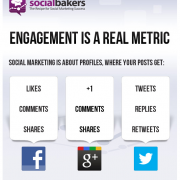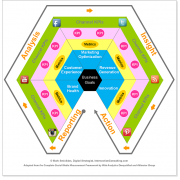By adaptive - February 13th, 2013
In the second part of this assessment of how social media can be measured we ask why your brand should be using more in-depth qualitative metrics and why the theory of fan numbers is old news.


Content is still king

Measuring engagement
Next Reads
June 2014, New York
Become a social business: For superior marketing response, sharper corporate decision-making, enhanced innovation and a happier, more loyal customer
Brochure Programme